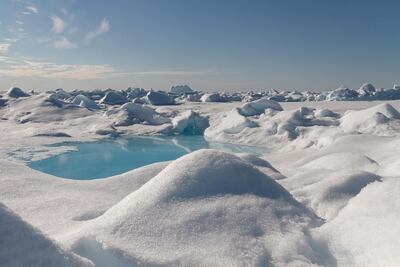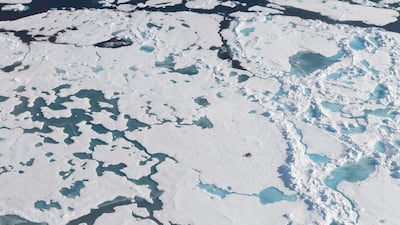Even the most remote places on the planet are not safe from plastic pollution. Scientists now say microscopic plastic particles are falling out of the sky with snow in the Arctic.
The new research, published in the Journal of Science Advances, found there to be to 10,000 of these microplastic particles per litre of snow in samples from the Arctic.
Scientists were shocked by the findings, which also found rubber particles and fibres.
It means that even in the Arctic, which is often seen as one of the world's last remaining pristine environments, people are likely to be breathing in microplastics through the air.

"We expected to find some contamination but to find this many microplastics was a real shock," Dr Melanie Bergmann, the lead scientist behind the new research, told the BBC. "It's readily apparent that the majority of the microplastic in the snow comes from the air."
The research means that the prevalence of microplastics in our atmosphere is an even bigger problem than scientists conducting the study expected.
The team of German-Swiss scientists also looked at samples from other locations including parts of Germany and the Swiss Alps, where microplastic levels were 20 times higher than in the Arctic.
While the health implications of ingesting microplastics are not yet clear, scientists are now demanding urgent research into this area.
Microplastics are categorised as particles below 5mm in size.


